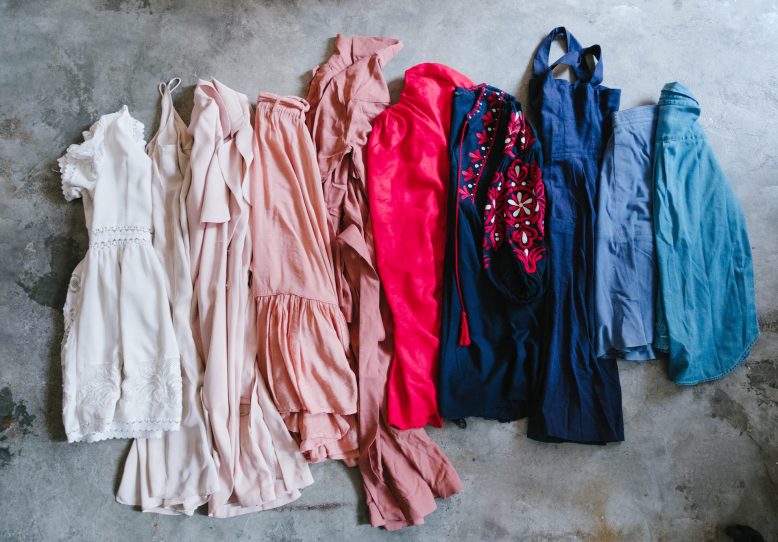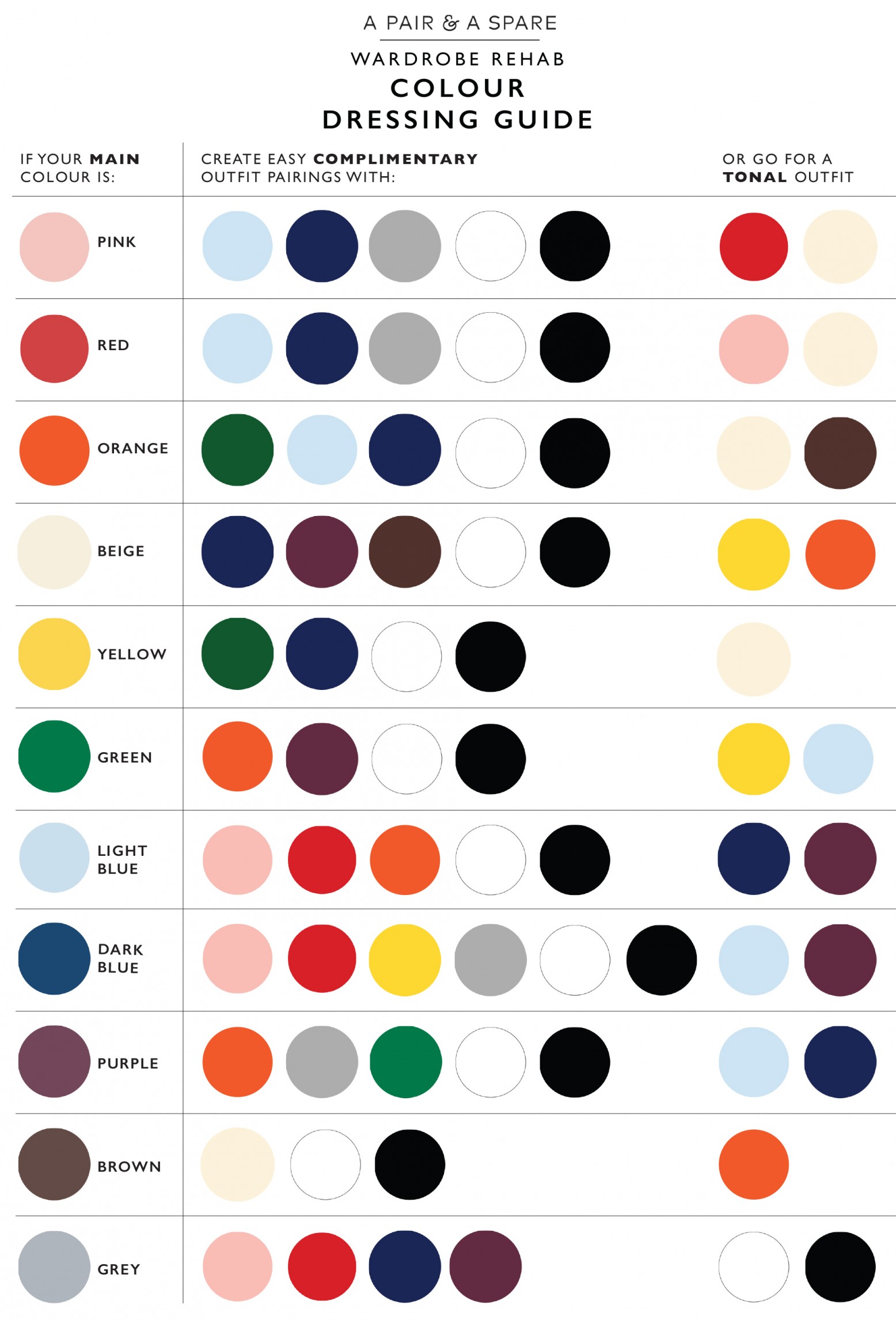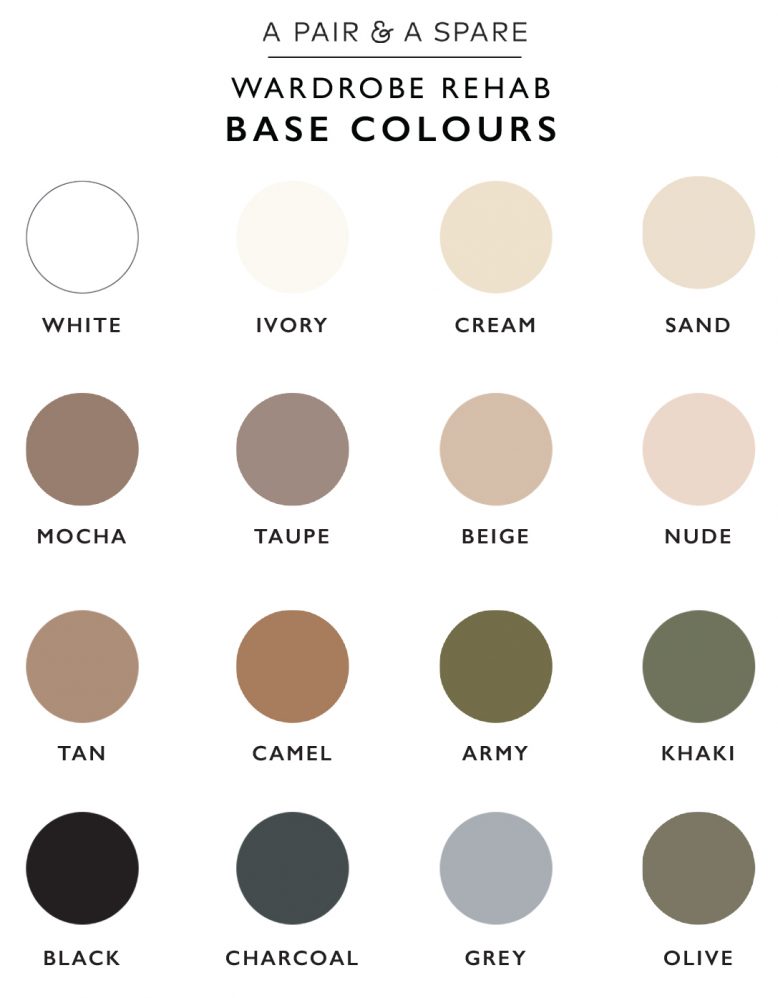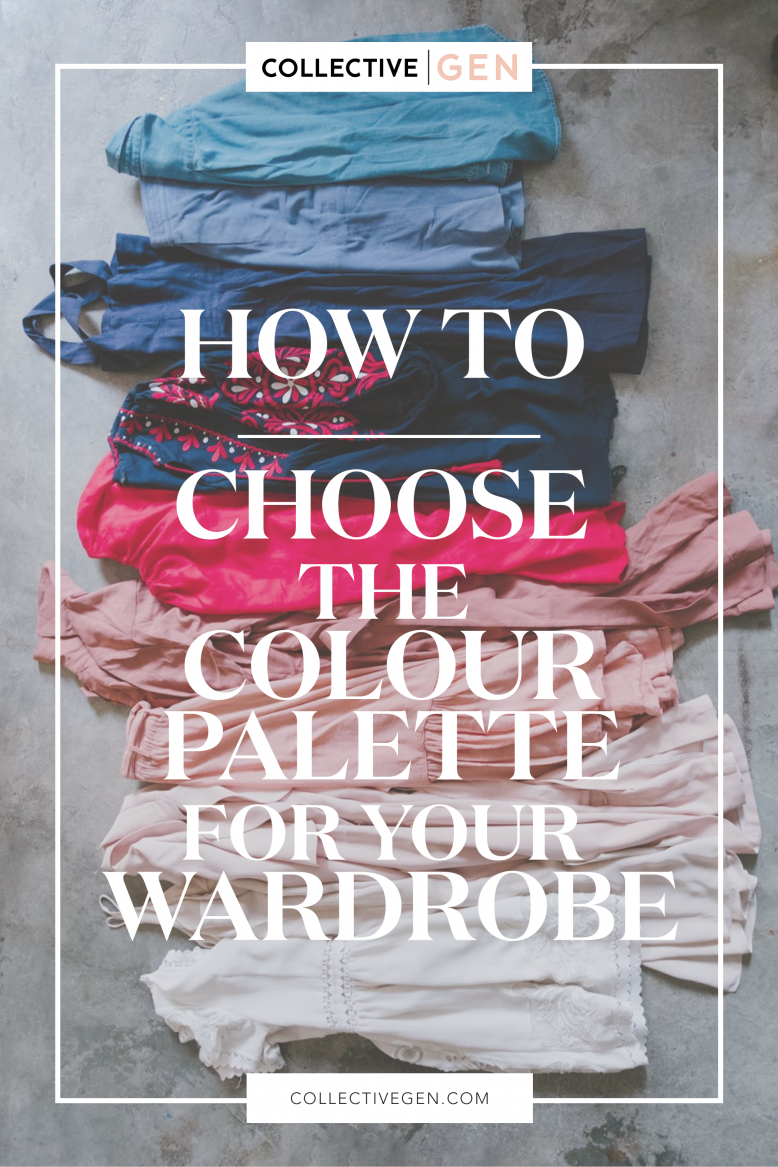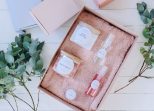All the colours of the rainbow… or none at all. The choice is yours.
A major reason my wardrobe has been difficult in the past, apart from the sheer size of it, was my penchant for buying random coloured items with no reference to what exists in my wardrobe and what I will wear it with. There is a need, therefore, to be a little bit strategic in how you develop and build on your colour palette. In today’s post, the 4th in the Wardrobe Rehab Series, we’ve partnered with Shedd to talk you through how to develop and experiment with your colour palette. Shedd is a great resource to research and experiment with colour, particularly if you’re just beginning the process or on a budget.
How To Choose The Colour Palette For Your Wardrobe
Because we’re all different, and have various colour preferences, there’s no set rules about what your colour palette should be. What is key is that you understand how you feel and look when you are wearing certain colours, and that you integrate them in a strategic way, rather than buying everything you see. That will ensure that your wardrobe evolves well towards more and more outfit options. To do this, it’s useful to understand colours as to whether they are base or highlight colours.
Base Colours
Its useful to develop an idea about what your base colours will be – these being the colours that you choose when buying your essentials. What you want are colours that transcend seasons, and are able to be worn for years on end. Good examples of these colours are black, white, khaki, navy, beige, tan, camel. That being said, if you wear red everyday you might include that as a base colour. It’s completely up to you and your preferences, but it’s important to be clear about what those preferences are.
Highlight Colours
Whilst base colours are great, chances are will want some brighter and more individual shades in the pieces you own. That’s where highlight colours come into play, which are essentially any other shade or hue that isn’t one of your base colours. These are great for mixing into your wardrobe seasonally, and that’s where buying colour wardrobe ‘updaters’ comes into play. Once you have a smaller wardrobe with lots of well fitting base coloured essentials, you can purchase a few coloured items each season to mix with your basics to give them a refresher. Refer to the diagram at the top as a great reference guide for putting colours together.
These are basic highlight colour shades, but colours can be a range or a mix of these shades.
How to experiment with colours
Once you’ve worked out your base colours and understood which highlight colours you want to integrate, it’s time to play around with how you put them together. These formulas are not a hard and fast rule but the best thing about them is that it’s a fun way to experiment with new colour combinations to see which colours you need more of and which ones are out of place. Because black and white are technically shades though, you can be more flexible about how you integrate these into the outfit formulas below.
Colour Blocking
Block dressing involves keeping one solid (or main) colour to each piece of clothing, with colour combinations of no more than two colours in the whole outfit (excluding black and white of course). It’s a fool proof formula that makes you look put together with minimal effort. A good way of facilitating block colour dressing is by having coloured shorts, silk shirts and other smaller items that will allow you to mix them in with your neutral basics such as denim jeans or a leather jacket.
Tonal
Tonal dressing involves choosing a single colour and wearing items that are different shades of that colour in one outfit. It’s easy to do this, but does rely on lots of different shades of the same colour in your wardrobe. You can create greater or less contrast by choosing colours that are further or closer in shade or by adding black or white pieces or accessories to the outfit.
Print Matching
Prints with a number of different colours can seem tricky to pair into your outfits. A simple approach is to pick the colours out of your print and match them in the other items you are wearing. The key is to keep the rest of your outfit simple and choose one or two colours out of the print itself to match with another part of your outfit (or accessories) which will help simplify the palette.
Naturally there will always be a million exceptions to the rule and the most important thing is to have fun experimenting with the colours that you wear. Choosing colours that suit your look and skin tone is much more important than strictly adhering to trend colours or tonal dressing.
Below we’ve put together a little video combining step 3 and 4 of Wardrobe Rehab – enjoy!
Question: I want to be more minimalist, does this mean getting rid of all the colour in my wardrobe?
Our Answer: There has been a trend in the last few years away from wearing colour, and for some people this works well and suits their personal style. But if you’re just starting out developing your wardrobe and personal style with a goal of being more minimalist, I think it’s important to recognise that you can be minimalist and still include colour, it’s more about carefully choosing those colours that make you happy and integrating them into your wardrobe in a well thought out and streamlined way. Colours have many emotional connotations, and can often make you feel good (or bad) to wear them, so we recommend experimenting with colours and how they make you feel and look before deciding which ones you do or don’t want to include. Personally, I have a minimalist approach to my wardrobe so choose carefully which colours make me happy to work with my closet as a whole. It’s all about making a plan!
Like this guide? Pin it for future reference!





